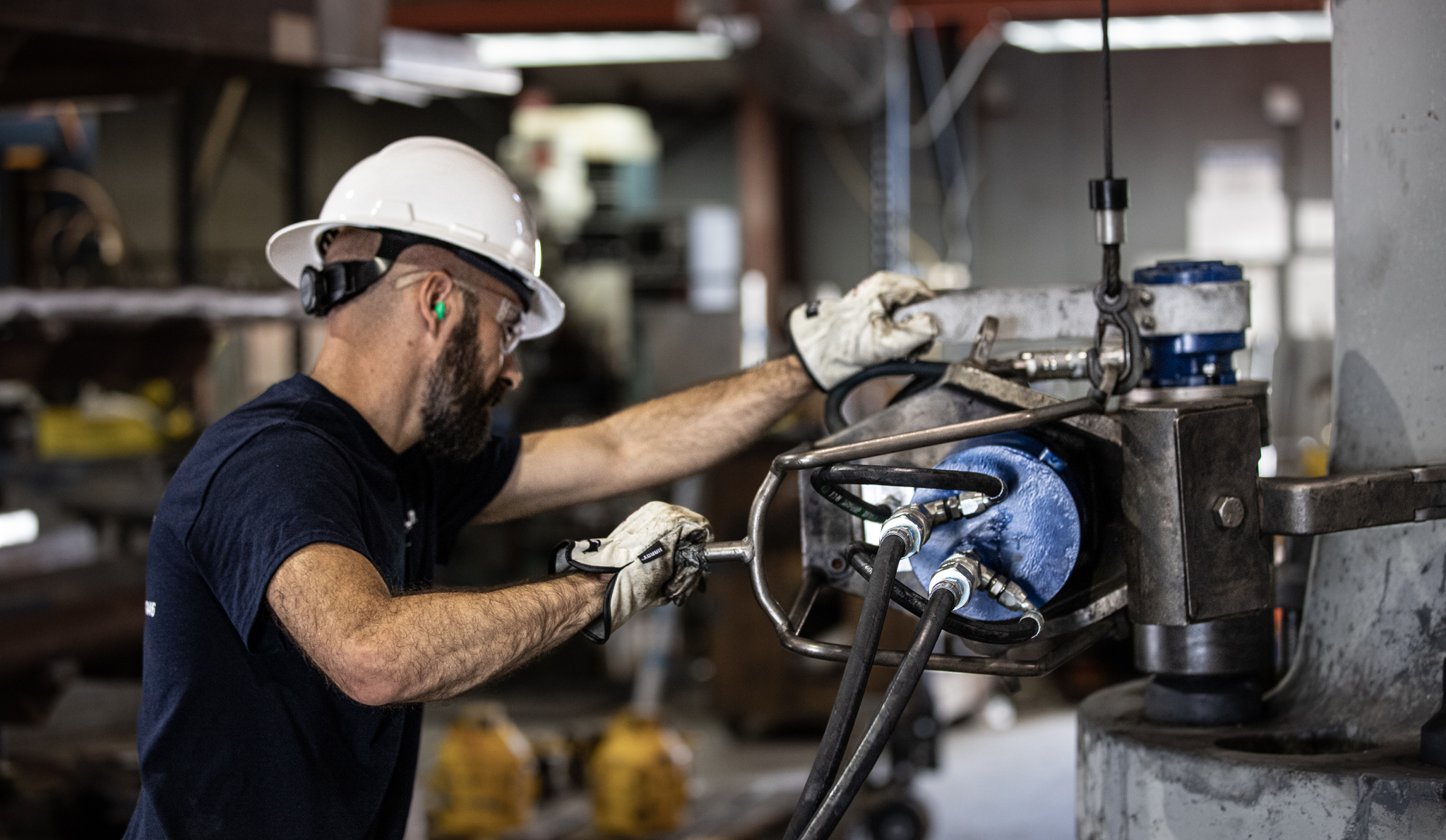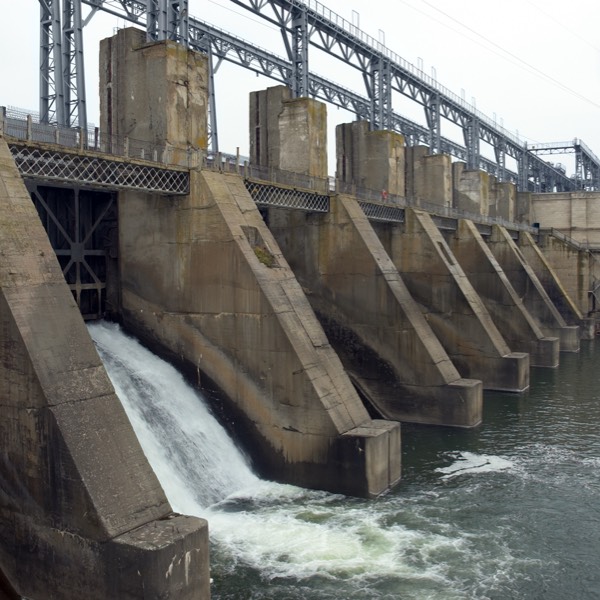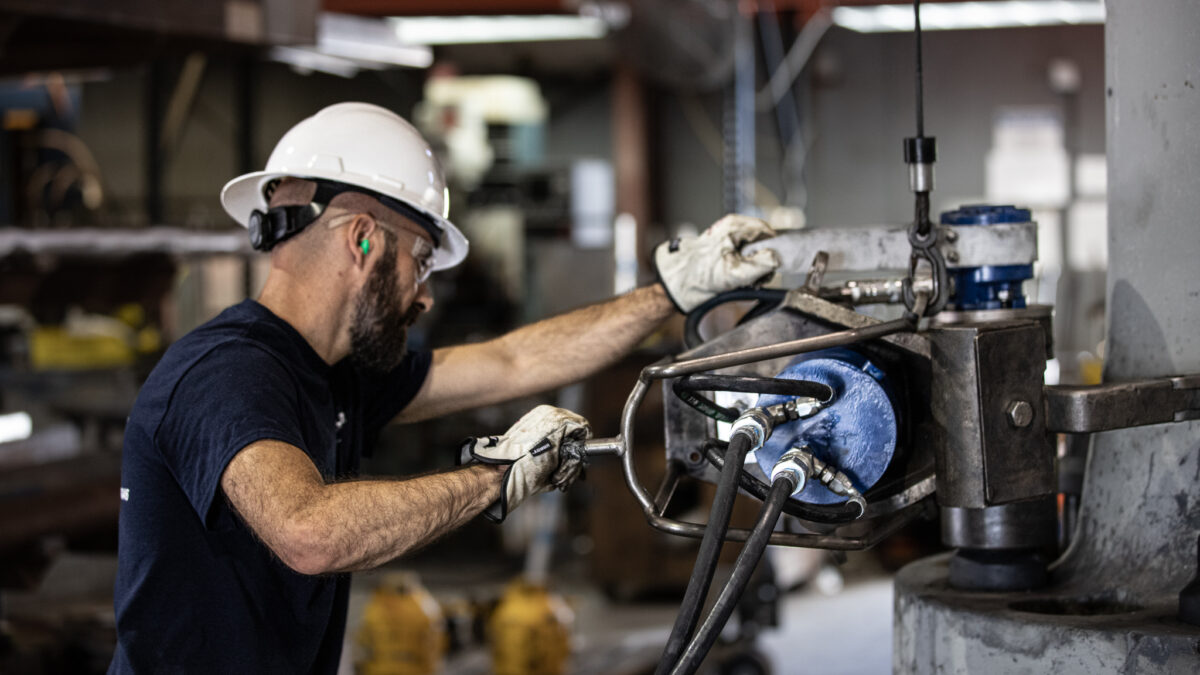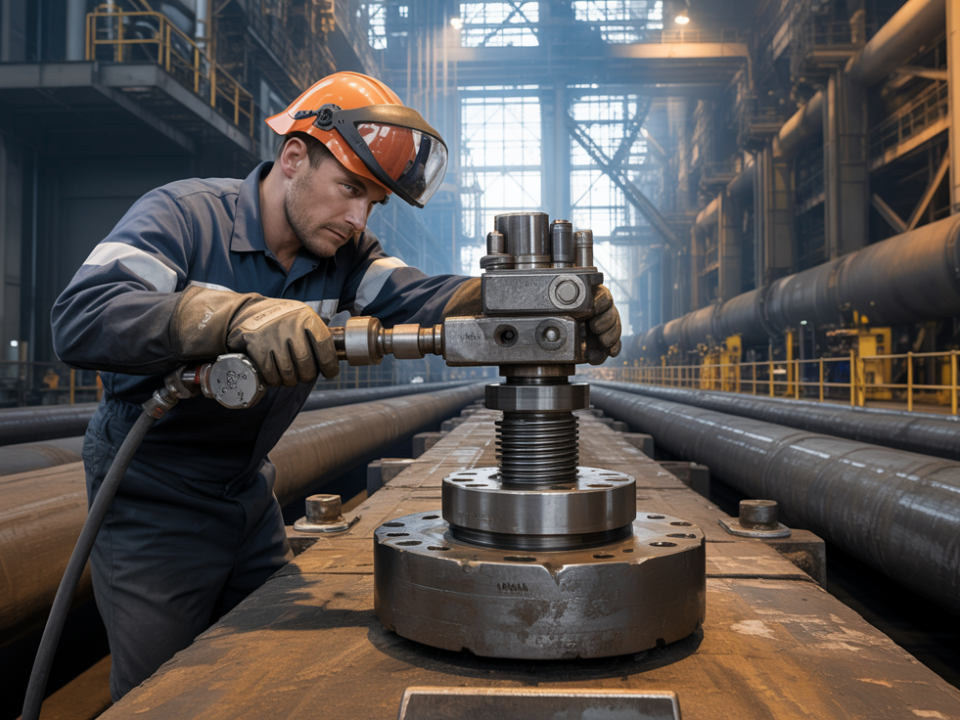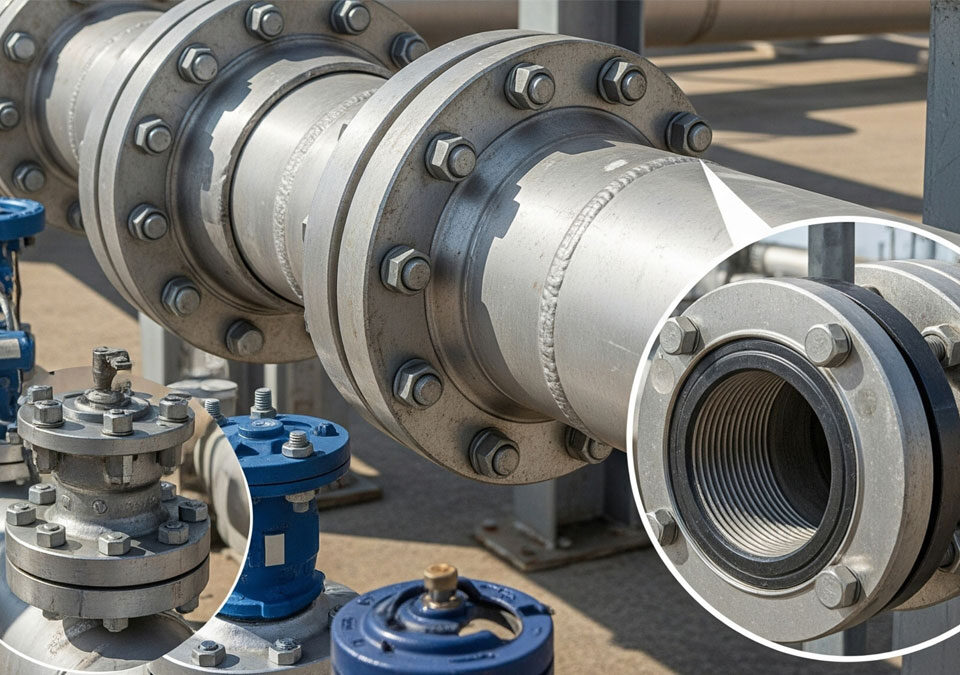
Overview of Flanges Commonly Used in Oil and Gas Projects
September 10, 2025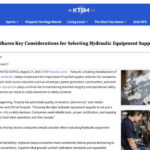
TorqLite Shares Key Considerations for Selecting Hydraulic Equipment Suppliers
November 6, 2025What if one wrong turn could cost your company millions?
In industrial settings across the USA, improper torque application continues to cause failures that drain budgets and threaten safety. Equipment failures from torque errors account for $1.2 billion in annual losses across US manufacturing, according to Q2 2025 industry reports.
The stakes keep rising. With aging infrastructure and tighter safety regulations, even small bolting mistakes can spiral into massive shutdowns. We’ve seen companies face repair bills exceeding $100,000 from a single under-torqued flange, while others deal with complete production halts from over-torqued connections.
At TorqLite, we’ve spent over 40 years helping companies avoid these expensive pitfalls. Through our work with clients across oil and gas, manufacturing, and construction sectors, we’ve identified five critical mistakes that repeatedly cause the most damage.
Here’s what you need to know to protect your operations and your bottom line.
The Hidden Cost of Torque Mistakes in Today’s Industrial Landscape
Industrial bolting failures aren’t just mechanical problems. They’re business disasters waiting to happen.
Recent data reveals a troubling trend. Bolting integrity issues contribute to 18-22% of unplanned shutdowns in major industrial sectors, representing an 8% increase from 2024. This surge stems largely from aging infrastructure combined with increased production demands.
The ripple effects extend far beyond initial repair costs:
- Production downtime can cost thousands per hour
- Environmental violations from leaks trigger hefty fines
- Safety incidents create liability exposure
- Regulatory scrutiny leads to extended inspections
Consider this reality: EPA 2025 emissions data shows that under-torquing alone causes 17% of fugitive methane leaks from flanges. One Texas incident in June 2025 resulted in $1.1 million in fines and repairs.
| Sector | Failure Rate | Average Cost per Incident | Primary Impact |
| Oil & Gas | 15% of pipeline events | $100,000+ | Extended downtime |
| Manufacturing | 20% of assembly line halts | $25,000/hour | Production loss |
| Construction | 12% of structural incidents | $50,000 average | Safety risks |
| Power Generation | 18% of turbine bolt issues | $200,000+ | Grid stability |
Ready to prevent these costly failures? Contact our bolting specialists to assess your current torque procedures and identify torque risks before they become costly failures..
Mistake #1: Over-Torquing Bolts and Accelerating Material Fatigue
Over-torquing might seem like playing it safe, but it’s actually setting a time bomb.
When you apply excessive torque, you’re not just tightening a bolt. You’re stretching the material beyond its optimal stress range, creating microscopic damage that grows with every operational cycle.
The Real Numbers Behind Over-Torquing Damage
A March 2025 ASTM study found that over-torquing causes 25% of bolt fractures in high-pressure systems. Even more concerning, fatigue cracks appear 40% faster under cyclic loads when bolts are over-torqued.
In USA refineries, this single mistake contributed to 9 incidents costing $3.2 million total, according to PHMSA’s Q2 report.
“Over-torquing doesn’t just strip threads—it accelerates fatigue, turning a $500 bolt into a $50,000 shutdown,” says Bob Rivera, Torque Expert at Stanley Black & Decker (2025 trade interview).
Warning Signs of Over-Torquing
Watch for these indicators that suggest your team might be applying excessive force:
- Stripped or damaged threads on bolts or nuts
- Distorted flanges or mounting surfaces
- Premature bolt failures during routine operations
- Unusual stress marks around bolt heads
How Professional Calibration Prevents Over-Torquing
Professional calibration of hydraulic torque tools can reduce over-torquing risks by 35%. However, the key lies in understanding that calibration isn’t a one-time event. Tools drift over time, especially under heavy use.
We recommend working with certified technicians who can establish proper torque sequences and verify your equipment maintains accuracy. When dealing with critical applications, the investment in professional assessment far outweighs the cost of potential failures.
Mistake #2: Under-Torquing Creates Dangerous Leak Pathways
Under-torquing presents the opposite problem but equally severe consequences. Insufficient torque leaves gaps that become pathways for dangerous leaks.
This mistake has become increasingly costly due to stricter environmental regulations and safety standards. What once might have been a minor maintenance issue now triggers major compliance violations.
The Environmental and Financial Impact
EPA’s 2025 emissions data reveals that under-torquing contributes to 17% of fugitive methane leaks from flanges. These aren’t just environmental concerns. They represent serious financial exposure.
The June 2025 Texas incident mentioned earlier shows how quickly under-torquing escalates. A seemingly minor gap in flange sealing led to detectable emissions, regulatory investigation, and ultimately $1.1 million in combined fines and repair costs.
“Under-torquing is insidious—small gaps lead to massive leaks and environmental liabilities,” explains Dr. Emily Chen, ASME Bolting Chair (August 2025 webinar).
Industries Most Vulnerable to Under-Torquing Issues
Certain sectors face higher risks from insufficient torque:
- Oil and gas operations with high-pressure systems
- Chemical processing with hazardous materials
- Power generation with steam applications
- Water treatment with pressurized pipelines
The API RP 5C1 Compliance Advantage
Post-2023 API RP 5C1 updates emphasize torque verification procedures. Sites following these guidelines have cut leak rates by 28%. The standard provides a framework for:
- Systematic torque application sequences
- Verification procedures before system pressurization
- Documentation requirements for traceability
- Inspection schedules for ongoing monitoring
For critical applications, consider implementing riser maintenance plans that ensure ongoing compliance. However, always consult with bolting specialists to establish site-specific procedures that address your unique operational requirements.
Mistake #3: Using Uncalibrated or Wrong Tools for the Job
Tool selection and calibration form the foundation of reliable torque application. Yet this fundamental step gets overlooked more often than you’d expect.
Using the wrong tool or an uncalibrated device doesn’t just affect accuracy. It compounds every other potential mistake, turning minor variations into major failures.
The Calibration Crisis in Industrial Settings
NIST 2025 calibration guidelines report that uncalibrated tools can deviate by 10-20% from target values. This variation contributes to 22% of bolting failures in manufacturing, according to a National Association of Manufacturers survey.
The financial impact becomes clear in real-world incidents. A Florida construction project in April 2025 experienced a $60,000 structural failure traced directly to mismatched torque multipliers that hadn’t been properly calibrated.
“Wrong tool selection amplifies errors; calibration isn’t optional—it’s operational armor,” notes Mark Thompson, VP at Enerpac (2025 catalog foreword).
Common Tool Selection Mistakes
These errors appear repeatedly across different industries:
- Using manual tools for high-torque applications
- Selecting wrong drive sizes for specific bolt configurations
- Ignoring reach limitations in confined spaces
- Overlooking pressure requirements for hydraulic systems
The Professional Calibration Advantage
Professional tool servicing and calibration programs provide several critical benefits:
- Documented accuracy for regulatory compliance
- Predictable performance across different operators
- Extended tool life through proper maintenance
- Liability protection with certified procedures
For companies managing multiple tools across various sites, leasing programs can ensure consistent calibration schedules while providing access to the latest technology. However, always work with certified professionals to determine the best approach for your specific operational requirements.
Mistake #4: Ignoring Environmental Variables That Compromise Torque Retention
Environmental factors can dramatically impact torque retention, yet many operations treat bolting as if it happens in a controlled laboratory setting.
Temperature fluctuations, vibration, corrosion, and other environmental stresses all influence how well a bolted connection maintains its integrity over time.
Vibration: The Silent Torque Killer
Vibration poses one of the most underestimated threats to torque retention. EPRI’s 2025 report on power generation shows that vibration erodes torque retention by 15-30% in unmonitored systems.
This degradation led to 11 turbine outages in the power sector during 2025, with combined costs reaching $15 million. These weren’t catastrophic failures. They were gradual loosening events that could have been prevented with proper environmental assessment.
“Environmental variables turn stable bolts into liabilities; proactive monitoring is key,” explains Lisa Grant, Corrosion Engineer at ExxonMobil (September 2025 conference).
Temperature’s Impact on Torque Values
Temperature changes affect both the fastener and the joint material, creating expansion and contraction cycles that stress bolted connections.
Consider these temperature-related challenges:
- Thermal cycling in power generation equipment
- Extreme cold in offshore applications
- High heat in refinery processing units
- Rapid temperature changes during startup/shutdown cycles
Corrosion Under Tension
The combination of applied stress and corrosive environments accelerates material degradation. NACE’s 2024 updates on corrosion under torque stress continue to inform current best practices for protection strategies.
Compensating for Environmental Factors
Addressing environmental variables requires a systematic approach:
- Site-specific assessments to identify key environmental stresses
- Adjusted torque values based on expected conditions
- Enhanced monitoring in high-risk environments
- Specialized materials for corrosive applications
Professional site assessments can identify which environmental factors pose the greatest risks to your specific operations. This analysis should inform both initial torque specifications and ongoing maintenance schedules.
Mistake #5: Skipping Documentation and Follow-Up Inspections
Documentation might seem like paperwork, but it’s actually your insurance policy against costly failures and regulatory violations.
Without proper records and systematic inspections, even perfect initial torque application can deteriorate into dangerous situations over time.
The Documentation Gap in Industrial Operations
ISO 2025 auditing standards reveal a concerning trend. While sites with digital torque logs reduce re-work by 40%, approximately 28% of USA firms still skip comprehensive documentation.
This oversight contributed to a major automotive plant recall in May 2025, costing $2.4 million. The root cause wasn’t a technical failure. It was the inability to verify which connections had been properly torqued during assembly.
“No logs, no accountability; one oversight can cascade into regulatory nightmares,” warns Paul Jenkins, Safety Director at OSHA (2025 advisory).
What Proper Documentation Should Include
Comprehensive torque documentation covers several critical elements:
- Initial torque values applied to each connection
- Tools used including calibration dates
- Operator identification for accountability
- Environmental conditions during application
- Inspection results from follow-up checks
The Follow-Up Inspection Advantage
Regular inspection schedules using a low profile torque wrench help identify potential issues before they become failures. These checks serve multiple purposes:
- Early detection of loosening or degradation
- Trend analysis to predict maintenance needs
- Compliance verification for regulatory requirements
- Continuous improvement of torque procedures
Creating Sustainable Documentation Systems
Effective documentation systems balance thoroughness with practicality:
- Digital platforms for easy data collection and analysis
- Mobile capabilities for field documentation
- Automated reminders for scheduled inspections
- Integration capabilities with existing maintenance systems
Extended warranty programs often require documented maintenance procedures, creating additional incentive for comprehensive record-keeping. However, the primary benefit remains operational: knowing exactly what happened, when, and by whom.
Take Action Before Mistakes Become Expensive Disasters
The data is clear. Torque application mistakes cost USA industries over a billion dollars annually, and the trend is getting worse, not better.
But here’s what we’ve learned from four decades of helping companies solve their toughest bolting challenges: every one of these costly mistakes is preventable.
The companies that avoid these disasters don’t rely on luck. They invest in proper procedures, professional assessment, and systematic approaches to torque management.
Your Next Steps to Prevent Costly Torque Failures
Start with a professional assessment. Have qualified specialists evaluate your current torque procedures and identify potential risk areas specific to your operations.
Implement systematic documentation. Create records that protect you from both operational failures and regulatory violations.
Establish regular calibration schedules. Ensure your tools maintain accuracy when it matters most.
Plan for environmental factors. Account for the real-world conditions that affect your bolted connections.
Train your team properly. Make sure everyone understands both the procedures and the consequences of getting it wrong.
At TorqLite, we’ve helped companies across every major industrial sector implement these solutions. Our ISO 9001 certified processes and over 20 patented innovations reflect decades of real-world problem-solving.
The question isn’t whether you can afford to invest in proper torque management. It’s whether you can afford not to.
Ready to protect your operations from these costly mistakes? Contact our bolting specialists today on 713-983-7171 for a comprehensive assessment of your torque procedures and risk areas.
Frequently Asked Questions
What are the most common signs that indicate improper torque application?
Look for stripped threads, distorted flanges, premature bolt failures, or visible leaks around connections. Unusual stress marks around bolt heads and recurring maintenance issues in the same areas also suggest torque problems. If you notice these signs, consult with bolting professionals immediately.
How often should hydraulic torque tools be calibrated?
Professional calibration schedules depend on usage frequency and operating conditions. Heavy-use tools in demanding environments may need calibration every 3-6 months, while occasional-use tools might require annual calibration. NIST guidelines recommend following manufacturer specifications and maintaining calibration certificates for compliance.
Can environmental factors really affect torque retention that significantly?
Yes, environmental variables can reduce torque retention by 15-30% according to EPRI data. Temperature cycling, vibration, corrosion, and other factors continuously stress bolted connections. Sites that account for these variables in their torque specifications and monitoring programs see significantly better long-term performance.
What documentation is required for industrial torque applications?
ISO standards recommend documenting initial torque values, tools used with calibration dates, operator identification, environmental conditions, and inspection results. Many regulatory frameworks require this information for compliance audits. Digital documentation systems make this process more manageable and reliable.
How do I know if my current torque procedures meet industry standards?
Professional assessment by certified bolting specialists can evaluate your procedures against current API, ASME, and OSHA standards. They’ll identify gaps in your current approach and recommend improvements based on your specific operational requirements and risk profile.
What’s the difference between over-torquing and proper torque application?
Proper torque application follows manufacturer specifications and accounts for environmental factors. Over-torquing exceeds these values, creating stress concentrations that accelerate fatigue failure. Professional torque specification and calibrated tools help ensure you’re applying the right amount of force for each application.
Should I attempt to fix torque problems myself or hire professionals?
Given the potential costs and safety risks involved, professional consultation is recommended for establishing procedures, conducting assessments, and handling critical applications. While routine operations can be performed by trained staff, the setup and verification of torque procedures benefits significantly from expert guidance.

















